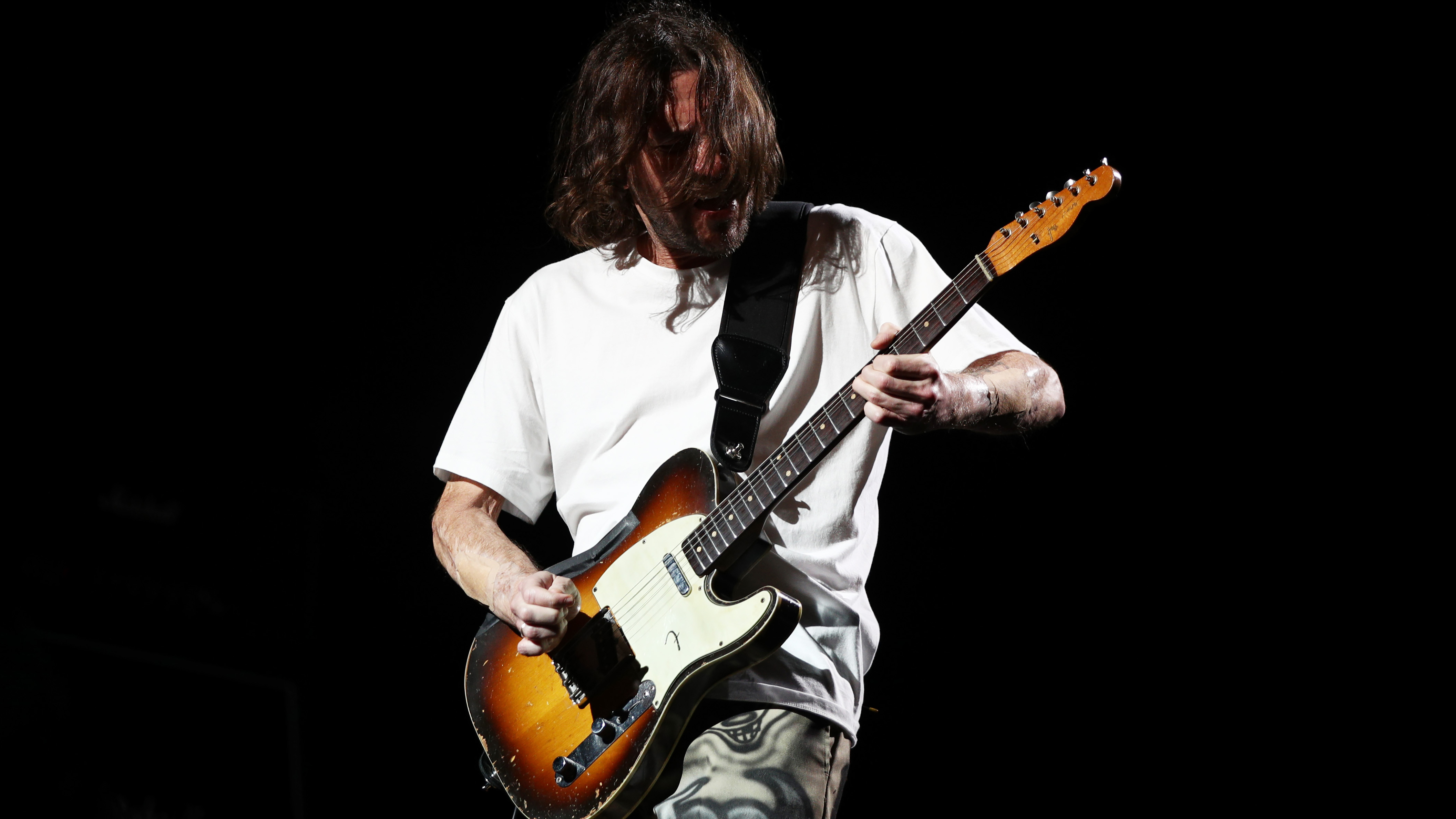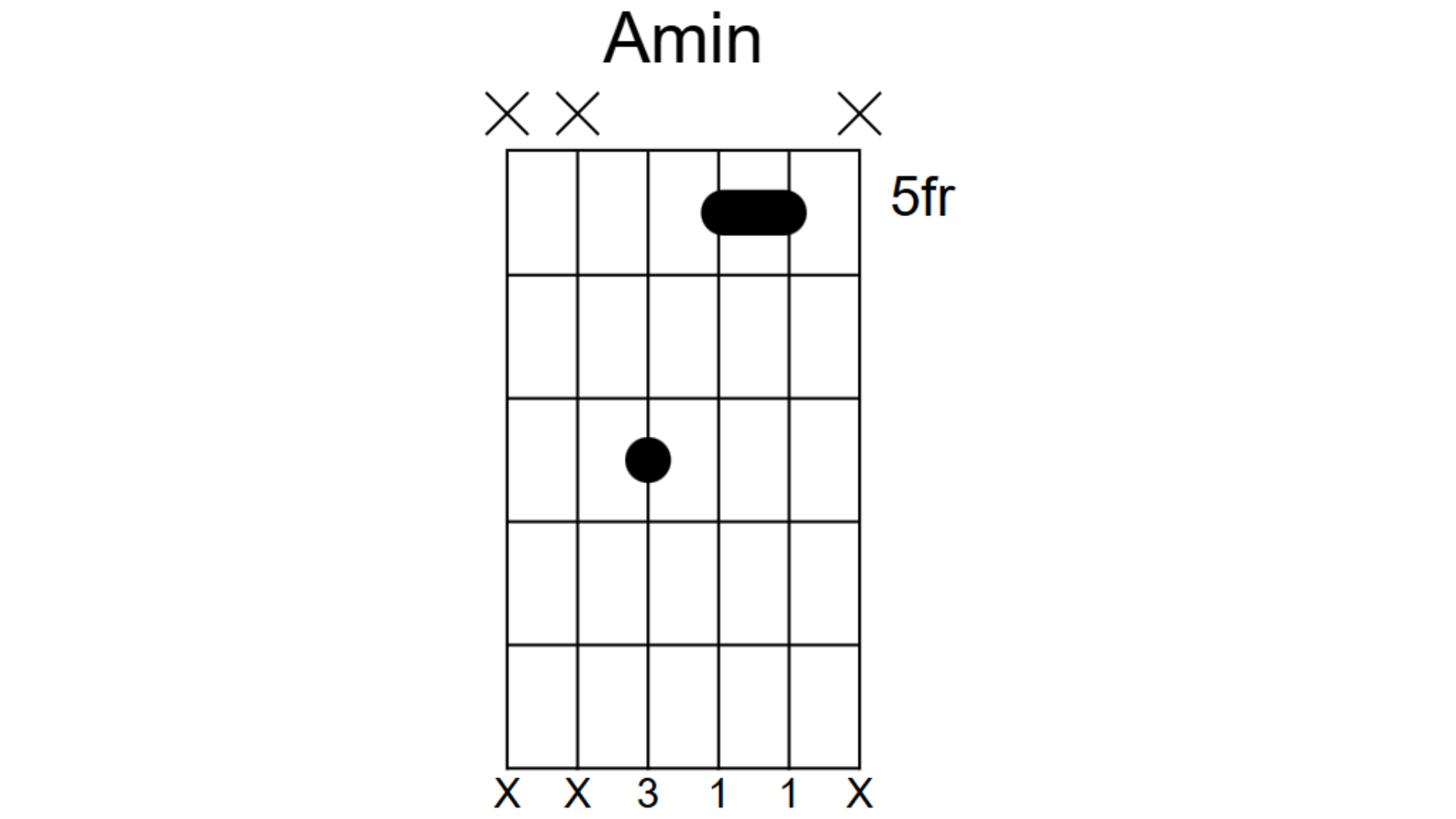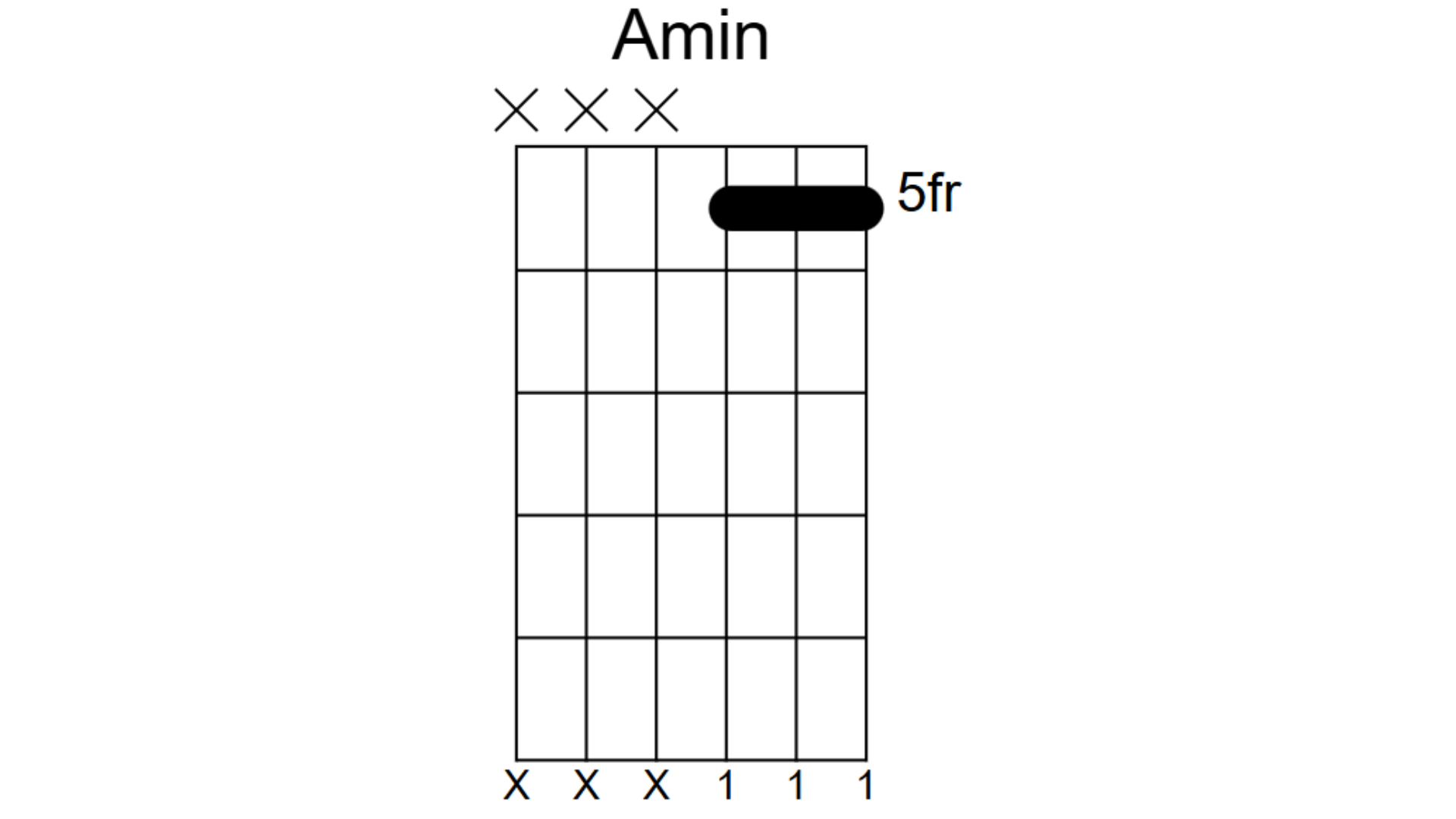
As you’re learning guitar, you’ll hopefully hear other musicians talking about triads – it means they're privy to a key of chord knowledge that unlocks a world of creativity in your playing. And today you can learn it too.
Triads are great ways to change up what you do with chords and add a new level of interest to your guitar playing, and in this lesson with chord boxes and video we’re going to dig into what they are and look at three great ways you can start using them today.
What are triads and how can we get them from chords?
A triad is a chord that has been distilled down to three notes. The bare essentials of that particular chord.
In this lesson we’re going to be using an A major and A minor barre chord and extracting triads from these chords:


Even though these are chords that sit across all 6 strings of the guitar, there are only 3 different notes inside of each chord. These notes are referred to by their interval number in music theory, which is 1 3 5 for the major chord and 1 b3 5 for the minor chord.
The triads we’re going to be looking at are made up of those three intervals. We are going to be removing all the duplicate notes from the chord.
You can find the first major triad that we’ll be using on the D, G and B strings:

To turn this into a minor triad you just flatten the 3rd which in this position is the note on the G string. This turns the triad into a minor triad:

There are also triads in this lesson that sit on the G, B and E strings. In the first triad, the lowest note of each triad is the root of the chord, but in these triads, the lowest note is the 3rd. These are known as inversions. This is when you have the same three notes of a chord but they are stacked in a different order.


All these triads are derived from the 6 string major and minor chords. There are triads all over the guitar, but when you’re new to triads, this is the easiest place to start. Start with triads that come from familiar chord shapes and then as you develop your knowledge, you can expand your triad use all around the fretboard.
1. Using triads to frame existing chord progressions
If you’re writing your own songs, or you play in a two-guitar band, triads are a great way to add some additional layers to your chord progressions.
In the video above you will see a simple chord progression made up of A, D and E chords. This idea applies to any progression regardless of complexity, but when you start integrating triads into your writing process it’s best to start simple to get a handle on the concept.
Using the triads, you can strum the chord progression with triads to add a layer in a higher register, or you can arpeggiate the triads to add some melodic movement over the top of the progression.
2. Using triads for funk
Triads are perfect for playing funk!
When you start to play funk, each instrument occupies a specific frequency range in the sonic spectrum, while leaving room for the other instruments. The low end in a funk mix is typically occupied by the bass, and the lower mids can be occupied by the brass and horns.
The guitar does not take the lead role in funk, it becomes more of a rhythmic instrument with the occasional single-note line. Most funk guitar players will keep the rhythm tight and choppy without overplaying.
So when playing funk, you want to avoid doing full chords so you don’t creep into the frequency space of the other instruments.
This is what makes using triads an essential part of this style. Start playing funk rhythms with the higher triads on the G, B and E strings and leave the low end for other instruments in the mix. With these triads, you can do a few cool things to spice up your funk rhythms.
The first is to do a semitone slide into the triad. Wherever the triad you’re playing is, start one fret lower and slide into your target chord on the start of your rhythmic phrase.
You can also experiment with chord extensions by using a free finger to add other notes in and out of the chord as you rhythmically play. There are theoretical ways to work out the correct notes, but in the early stages of using triads just experiment with the idea and let your ears tell you what sounds good.
3. Using triads for Hendrix/Mayer/Frusciante-style rhythm guitar
If you’re a fan of Jimi Hendrix, John Mayer or John Frusciante, you will no doubt have witnessed their approach to rhythm guitar. This method uses triads but with the addition of the thumb playing the root note on the low E string.
This is a great way to add the additional low-end reinforcement of a full chord while still removing some notes to free up some sonic space. The other major advantage to this, similar to the funk approach, is having a finger free to add some melodic lines and extensions over the top.
The triads look like this:


Once you’ve got your hands comfortable with these shapes, you can then use your little finger to start adding notes around the chords from the major or minor pentatonic scales based on the chord.
This works across entire chord progressions. There is an example piece in the attached video using A, F#m, D and E all played with triad shapes and added lead notes over the top.







